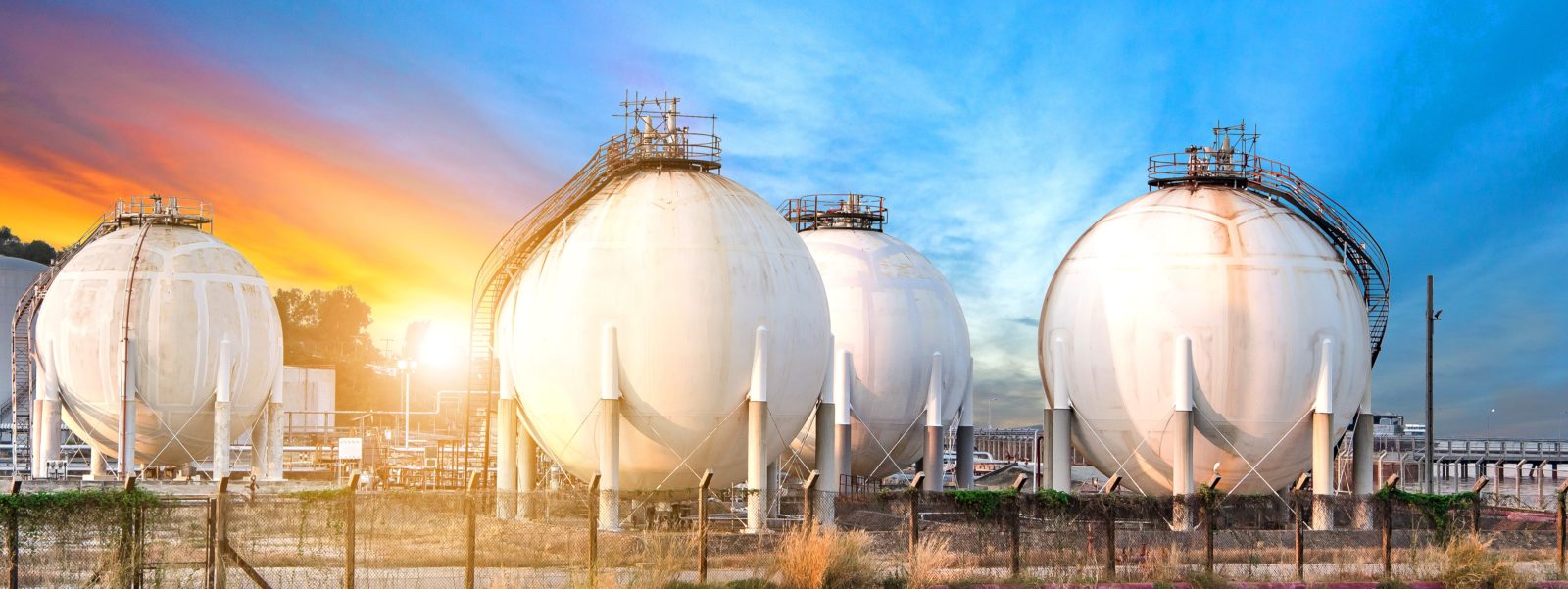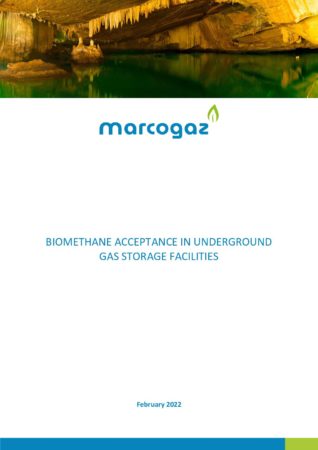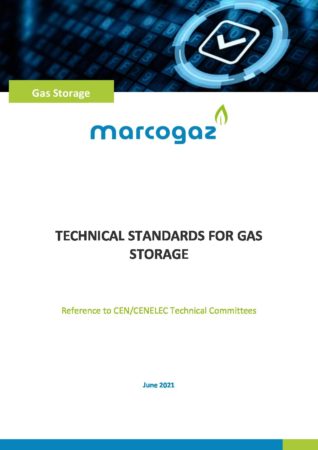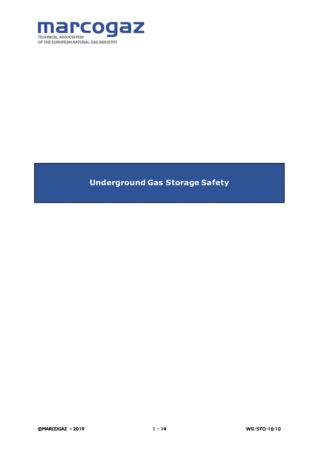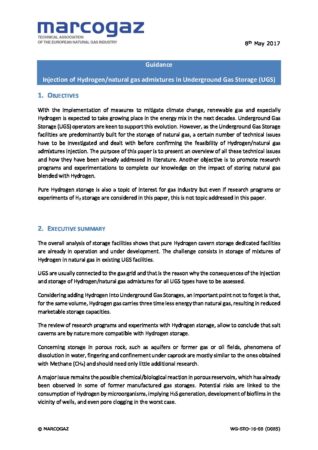Gas Infrastructure > Storage
Underground gas storage (UGS) consists in injecting and withdrawing gas from the underground. There are different types of UGS, depending on the geological conditions and local opportunities. Typical UGS are pore storages, including former oil and gas fields, aquifers, and caverns made of salt, rock or abandoned mines. The storage facilities have distinct characteristics and ways of operating.
Gas storage accommodates load variations on gas networks. The gas is injected in the storage, often during summer, and is withdrawn through the operating wells, commonly during the winter. The main function of gas storage is to smooth seasonal fluctuations in gas demand but also to meet peak daily demand.
UGS facilities provide value to gas customers in many ways, including the guarantee of security of supply. It also helps to balance the flow in pipeline systems and to allow the network to operate at high-load factors year-round, resulting in lower costs for end-consumers.
In Europe, UGS operations are strictly regulated by the SEVESO III Directive (2012/18/EU) to prevent major accidents. The industry must comply by demonstrating the correct implementations through different processes. The main challenge for the UGS operator is to ensure its integrity and tightness. For that purpose, the industry contributes with the development of specific standards (EN 1918).
Once the gas is withdrawn from the storage facility, it must undergo a specific treatment to assure compliance with gas quality standards before its injection into the grid. It is also important to address the acceptance of new gases in UGS taking into account their individual technical specificities. The UGS will play a major role in supporting the development of the renewable energy thanks to its extreme high storage capacity (1978 TWh in Europe).
In addition, operators work towards limiting the effect of storage activity on the environment but also its impact on the neighbourhoods.
The gas industry is exchanging best practices in the field of safety and reliability of UGS operations, covering the whole life cycle of the installations. In particular, the tightness of underground facilities, subsurface installations and the integrity management of the wells are regularly addressed by the experts.
MARCOGAZ is conducting benchmarking to assess the implementation of the SEVESO III Directive. The industry is sharing experiences gained through demonstration projects in order to communicate the potential impact of new gases on the integrity of the storage facilities.
Chair
Vacant

